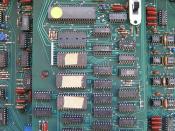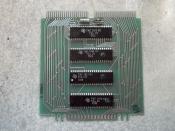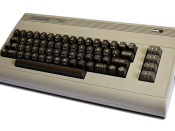A, special, high speed storage area within the CPU. All data must be represented in a register before it can be processed. For example, if two numbers are to be multiplied, both numbers must be in registers, and the result is also placed in a register. (The register can contain the address of a memory location where data is stored rather than the actual data itself.)
Accumulator
There is a central register in every processor called the accumulator. Traditionally all mathematical and logical operations are performed on the accumulator. The word size of a processor is defined by the width of its accumulator. A 32bit processor has an accumulator of 32 bits.
Pointer, Index, or Base Register
The name varies from manufacturer to manufacturer, but the basic distinguishing property is that it does not hold data but holds the address of data. The rationale can be understood by examining a "for" loop in a higher level language, zeroing elements in an array of ten elements located in consecutive memory cells.
The location to be zeroed changes with every iteration. That is the address where the operation is performed is changing. Index register is used in such a situation to hold the address of the current array location. Now the value in the index register cannot be treated as data, but it is the address of data. In general whenever we need access to a memory location whose address is not known until runtime we need an index register. Without this register we would have needed to explicitly code each iteration separately.
In newer architectures the distinction between accumulator and index registers has become vague. They have general registers which are more versatile and can do both functions. They do have some specialized behaviors but basic operations can be done...


